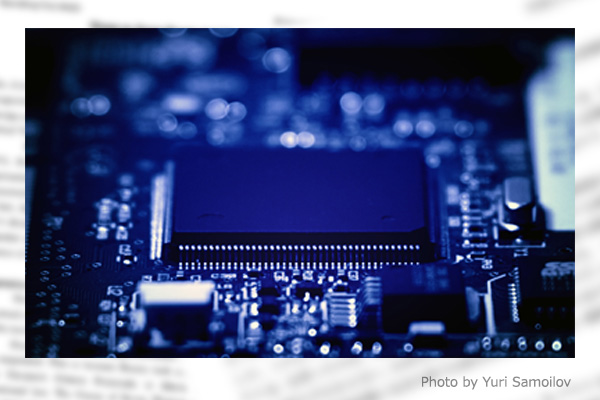As the new pneumonia epidemic has expanded in China, its serious economic impacts have become a matter of concern. Given that Wuhan where the epidemic has originated is an auto industry center, media concern has focused on the epidemic’s great impacts on auto industry supply chains.
However, we should not forget the semiconductor industry. It is a flagship industry under China’s Manufacturing 2025 initiative for military-civilian integration, which seeks to raise China’s semiconductor chip self-sufficiency rate to 70% by 2025. Wuhan constitutes the core of China’s semiconductor industry, constructing giant semiconductor plants based on overseas technologies, with massive engineers poached from Taiwan.
Main battleground for U.S.-China technological rivalry
Hundreds of Japanese have recently returned home from Wuhan. While a half of them are related to auto industry, most of the remainder are linked to semiconductors. Engineers of Japanese semiconductor manufacturing equipment makers have been involved in the construction of chip-making plants. This fact itself represents part of Japanese firms’ natural business operations in the Chinese market, causing no problem at present.
However, attention should be paid to the fact that the semiconductor industry is a main battleground for the U.S.-China race for technological supremacy. Last month, the United States and China signed their Phase 1 trade deal after U.S. President Donald Trump’s tariff race with China. However, this deal is a superficial one behind which the race for technological supremacy is growing fiercer. Preparations for toughening controls on exports to China are making progress mainly at the U.S. Congress. The U.S. is attempting to partially decouple China from sensitive technology fields for national security.
The sensitive fields include semiconductors seen as technological infrastructure for national security at a time when China is eager to develop its semiconductor industry. China invested 2 trillion yen (18.2 billion USD) in semiconductor chips in the first phase of the development from 2014 and plans to invest 3.2 trillion yen (29.1 billion USD) in semiconductor manufacturing equipment in the second phase announced in October 2019.
Risks that Japanese companies should consider
Naturally, the U.S. is vigilant to the outflow of semiconductor manufacturing technology to China, seeking cooperation with Japanese and European companies that are major players in semiconductor manufacturing technologies. A Dutch semiconductor manufacturing equipment maker that monopolizes a market for exposure apparatus required for semiconductor production has recently stopped supply of such apparatus to China at the request of the U.S.
The U.S. plans to toughen export controls to prevent technology outflow and has urged U.S. companies to thoroughly control technology.
Japanese companies should have watchful eyes on such national security moves and acknowledge that they could lose their status as partners of the U.S. if they are suspected as export control loopholes.
Masahiko Hosokawa is a special professor at Chubu University and a former director-general of the Trade Control Department at Japan’s Ministry of Economy, Trade and Industry. He is also a Planning Committee member at the Japan Institute for National Fundamentals.


